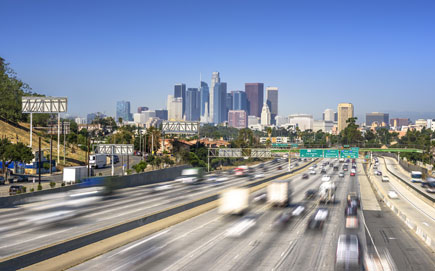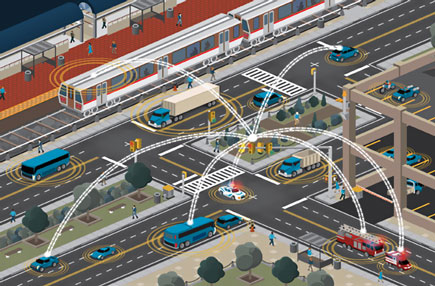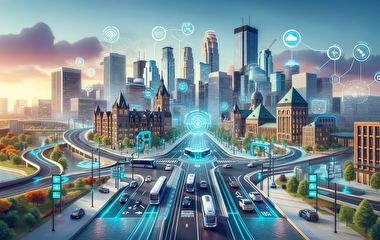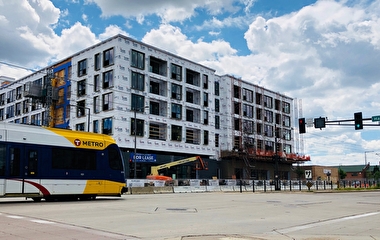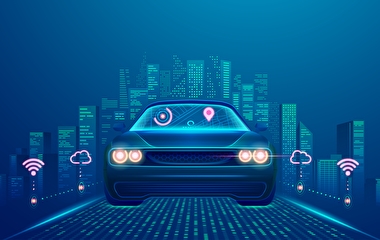The annual CTS Transportation Research Conference will be held November 1 at the Graduate Minneapolis Hotel on the U of M east bank campus. The opening plenary and luncheon presentations are described below, and registration information is available on the event web page.
Opening Session: The Future of Driving in the Land of Freeways
Many states, including California and Minnesota, have identified reducing driving as an essential strategy to meet their targets for lowering greenhouse gas emissions. How to achieve this strategy, however, remains a question. The rise of ride-hailing services, automated vehicles, and other innovations adds to this challenge. How can the research community help policymakers navigate this uncertain future?
Professor Susan Handy and her colleagues at the Institute of Transportation Studies at the University of California, Davis, are addressing these issues with a series of ground-breaking projects. She will discuss how emerging research results can help state, regional, and local agencies identify the most effective approaches, develop implementation tools, and assess impacts on driving and other outcomes.
Handy is a professor in the Department of Environmental Science and Policy and director of the National Center for Sustainable Transportation at UC-Davis.
Following Handy’s presentation, a panel of Minnesota leaders and experts will share perspectives on reducing greenhouse gas emissions in light of transportation innovations.
Luncheon: The Evolution and Potential of Automated Vehicle Technologies
Automated vehicles hold promise to reduce traffic congestion, pollution, crashes, and parking demand. But this promise can only be realized with advanced technology that ensures a vehicle’s situational awareness through “perception” and mapping—in other words, letting it “see” its surroundings. Current systems, however, do not fully support automated vehicles on any road shared by driver-operated vehicles.
A major need is a high-performance sensor that uses laser light—LiDAR—to give “sight” to the automated vehicle. Julie Schoenfeld founded a company with unique technology to produce such a sensor. She will discuss this technology and share her journey as a serial entrepreneur to illustrate how technology entrepreneurship’s pitfalls can be rerouted to successful peaks.
Schoenfeld is vice president of technical program management with GM Cruise Automation.
